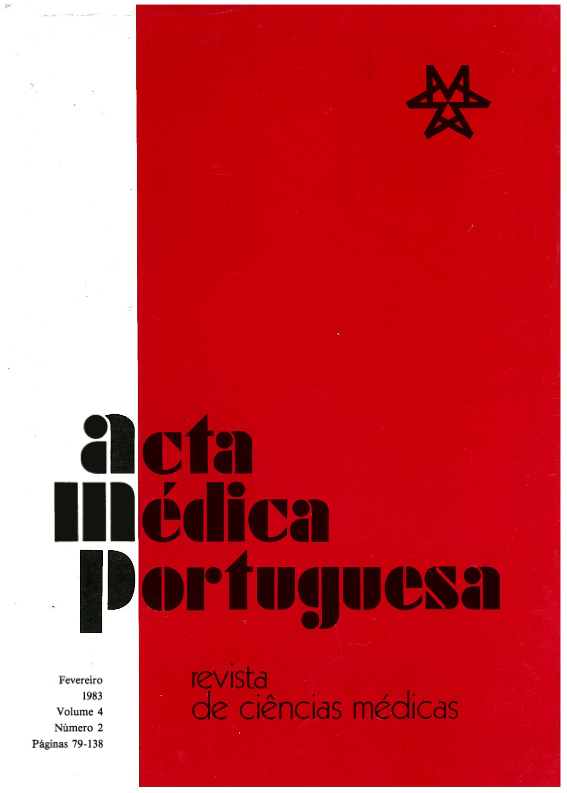Oxygen radicals, oxygen toxicity and the life of microorganisms.
DOI:
https://doi.org/10.20344/amp.3779Resumo
The electronic structure of dioxygen in the ground state dictates that its reduction occur most easily by a univalent pathway which involves the dangerously reactive intermediates 02-, H202 and OH. The oxygenation of earth’s biosphere 3.5 x 109 years ago provided both opportunity and threat. The opportunity to exploit oxygen for energy-yielding and biosynthetically useful oxidations has been seized, as evidenced by the abundant and predominantly aerobic flora and fauna of this planet. At the same time the threat has been largely neutralized by a variety of defensive strategies. The superoxide dismutases are an important part of this defense against oxygen toxicity. Much of the research on superoxide dismutase has been done with microorganisms, due to their flexibility as laboratory tools and because there appears to be close similarity between oxygen toxicity threat and defense in microorganisms and in higher organisms. Data resulting from this work appear to have application in understanding a number of basic biological and medical phenomena, in particular the mechanisms of hyperbaric oxygen toxicity, anoxic tissue damage, anaerobiosis, oxidative damage in aging and mutagenesis, inflammation, phagocytosis, and the pharmacology of certain antitumor drugs and antibiotics. In each of these areas, whether the role of 02- and the other oxygen species ultimately proves to be major or minor, beneficial or harmful, application of the concept of oxygen toxicity to experimental design is resulting in a substantial improvement in our understanding of the mechanisms involved.
Downloads
Downloads
Como Citar
Edição
Secção
Licença
Todos os artigos publicados na AMP são de acesso aberto e cumprem os requisitos das agências de financiamento ou instituições académicas. Relativamente à utilização por terceiros a AMP rege-se pelos termos da licença Creative Commons ‘Atribuição – Uso Não-Comercial – (CC-BY-NC)’.
É da responsabilidade do autor obter permissão para reproduzir figuras, tabelas, etc., de outras publicações. Após a aceitação de um artigo, os autores serão convidados a preencher uma “Declaração de Responsabilidade Autoral e Partilha de Direitos de Autor “(http://www.actamedicaportuguesa.com/info/AMP-NormasPublicacao.pdf) e a “Declaração de Potenciais Conflitos de Interesse” (http://www.icmje.org/conflicts-of-interest) do ICMJE. Será enviado um e-mail ao autor correspondente, confirmando a receção do manuscrito.
Após a publicação, os autores ficam autorizados a disponibilizar os seus artigos em repositórios das suas instituições de origem, desde que mencionem sempre onde foram publicados e de acordo com a licença Creative Commons









